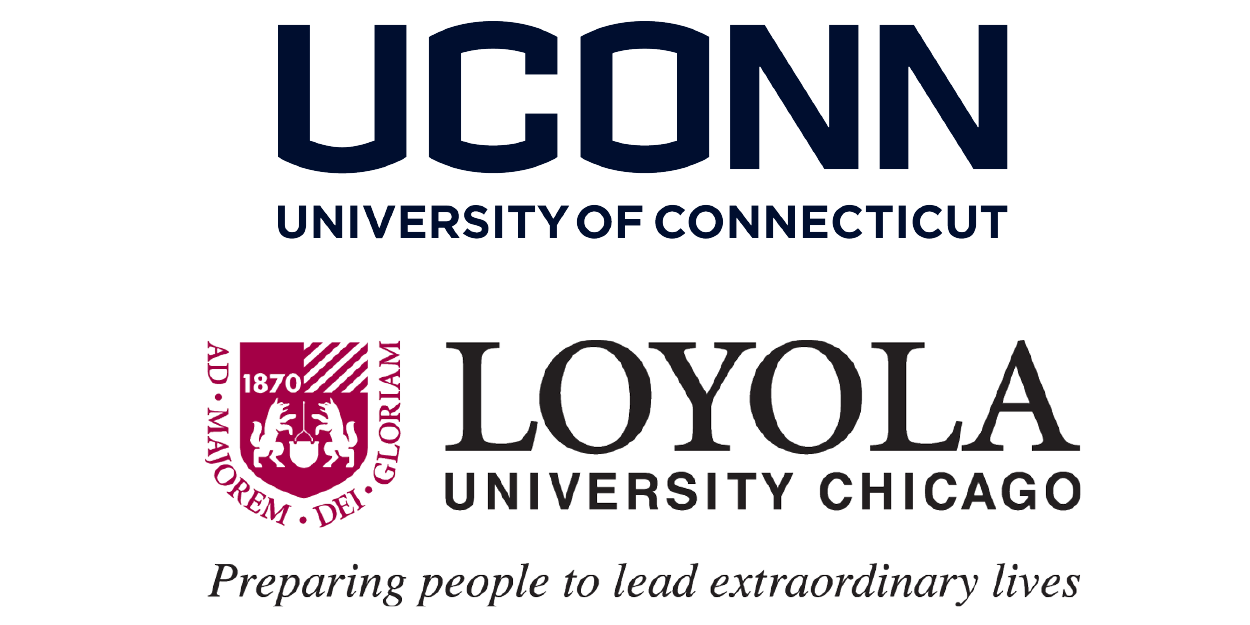Invasives to Energy
Throughout the 294-mile Illinois Tollway system, more than 250 stormwater detention basins play an essential role in satisfying environmental regulations and reducing water pollution. However, tall, bulky invasive plant species, such as cattails and common reeds, overtake these areas and impede stormwater flow, diminish wetland diversity and degrade the function of the basins by clogging and reducing infiltration rates and water holding capacity.
In search of solutions, the Illinois Tollway is supporting research to explore the removal or harvesting of these invasive species and, in turn, support water quality improvements and potentially facilitate reuse or conversion of the plants into biomass.
Since plant matter contains sugars, starches and carbohydrates, once removed from basins and roadsides along the Tollway, invasive plants can be converted into biomass – a renewable resource derived from organic matter. Biomass can be used as raw materials for products such as ethanol, propane, compost and biochar. Even organic roadway anti-icing agents or de-icing products can be made from biomass.
Partnership
 The Illinois Tollway has entered into a three-year research project with the University of Connecticut (UCONN) to study the potential of harvesting cattails for water quality benefits and biomass production. Through UCONN’s partnership with Loyola University Chicago’s Environmental Testing Laboratory, the project will include removing and repurposing the invasive plants, as well as evaluating production techniques, costs and potential partnerships for end uses.
The Illinois Tollway has entered into a three-year research project with the University of Connecticut (UCONN) to study the potential of harvesting cattails for water quality benefits and biomass production. Through UCONN’s partnership with Loyola University Chicago’s Environmental Testing Laboratory, the project will include removing and repurposing the invasive plants, as well as evaluating production techniques, costs and potential partnerships for end uses.
Potential benefits
Sustainable practices and operations:
- Improved drainage
- Chloride reduction from watersheds
- Measurable removal of pollutants within stormwater
Biomass production and use:
- Reduce landfill disposal
- Offer alternatives to fossil fuels
- Produce oxygen and use up carbon dioxide the process
The Process

